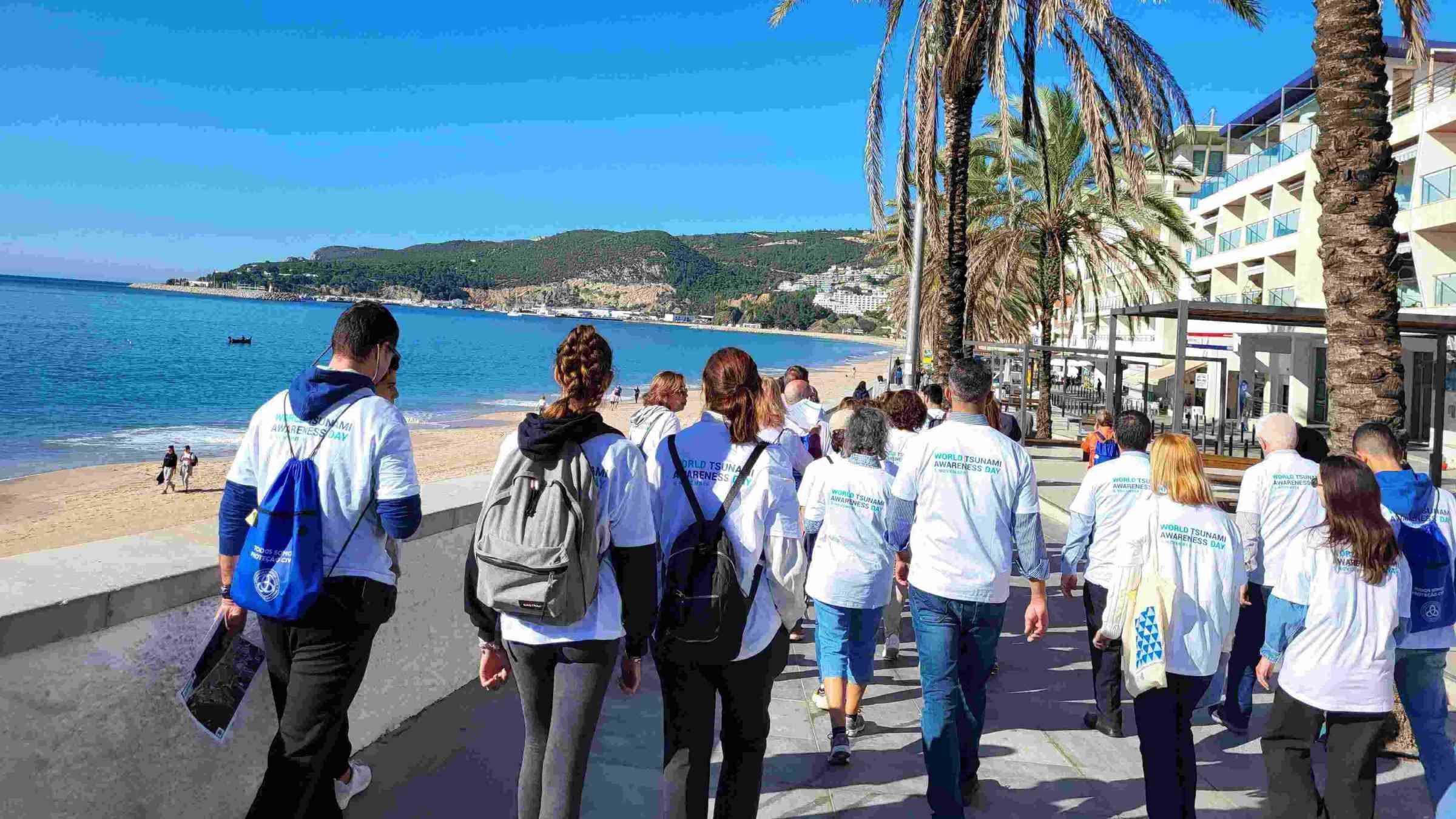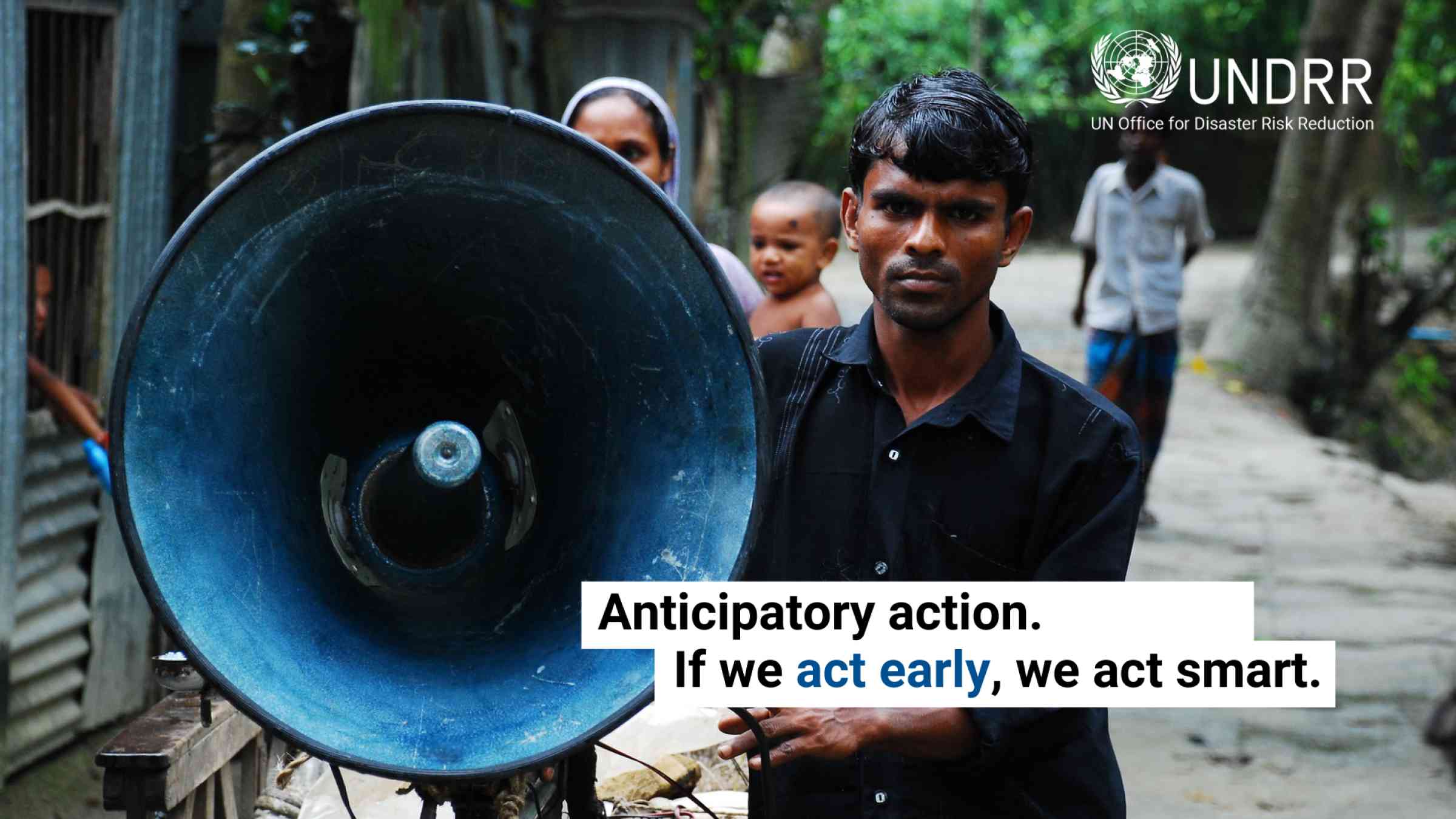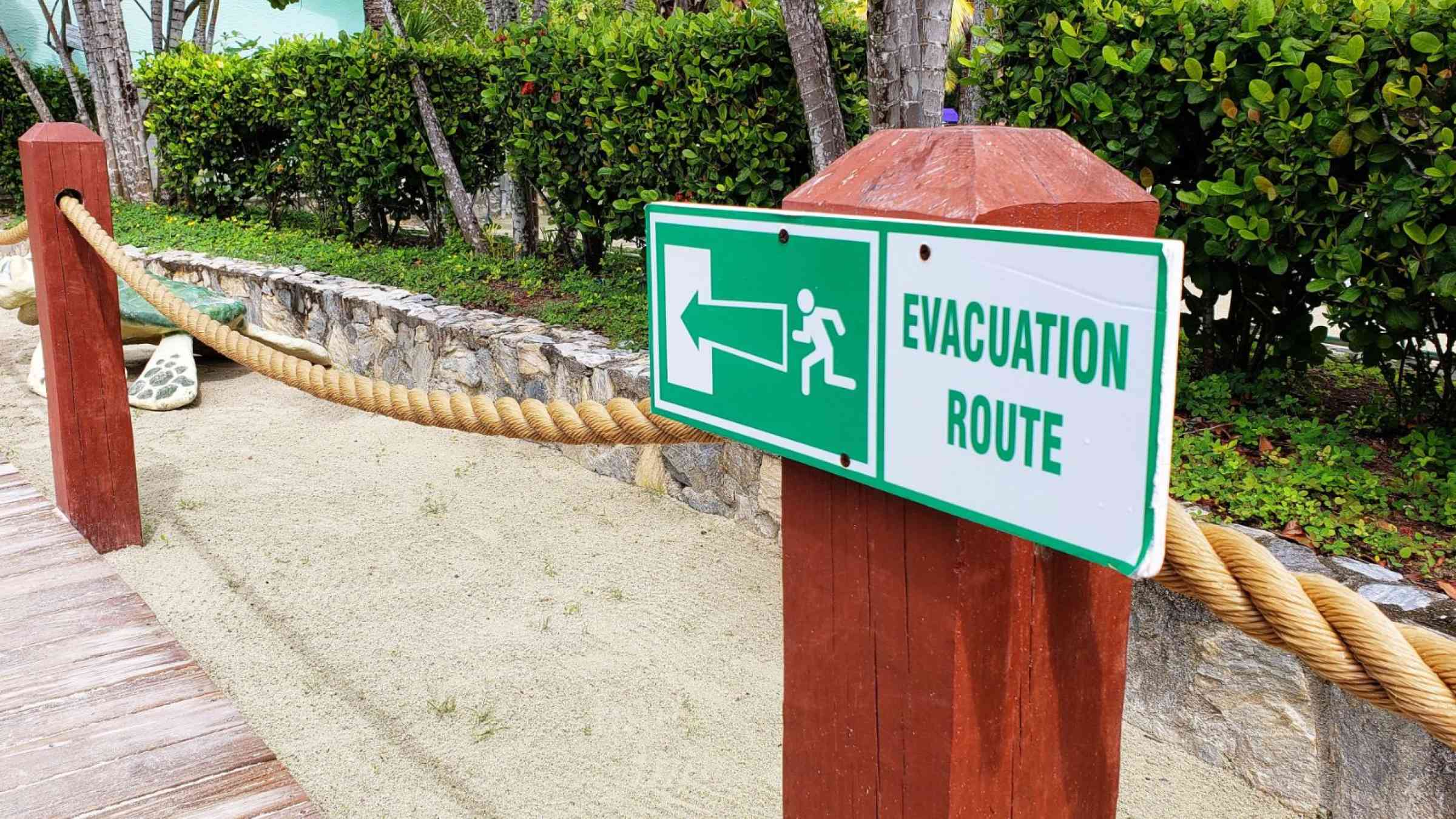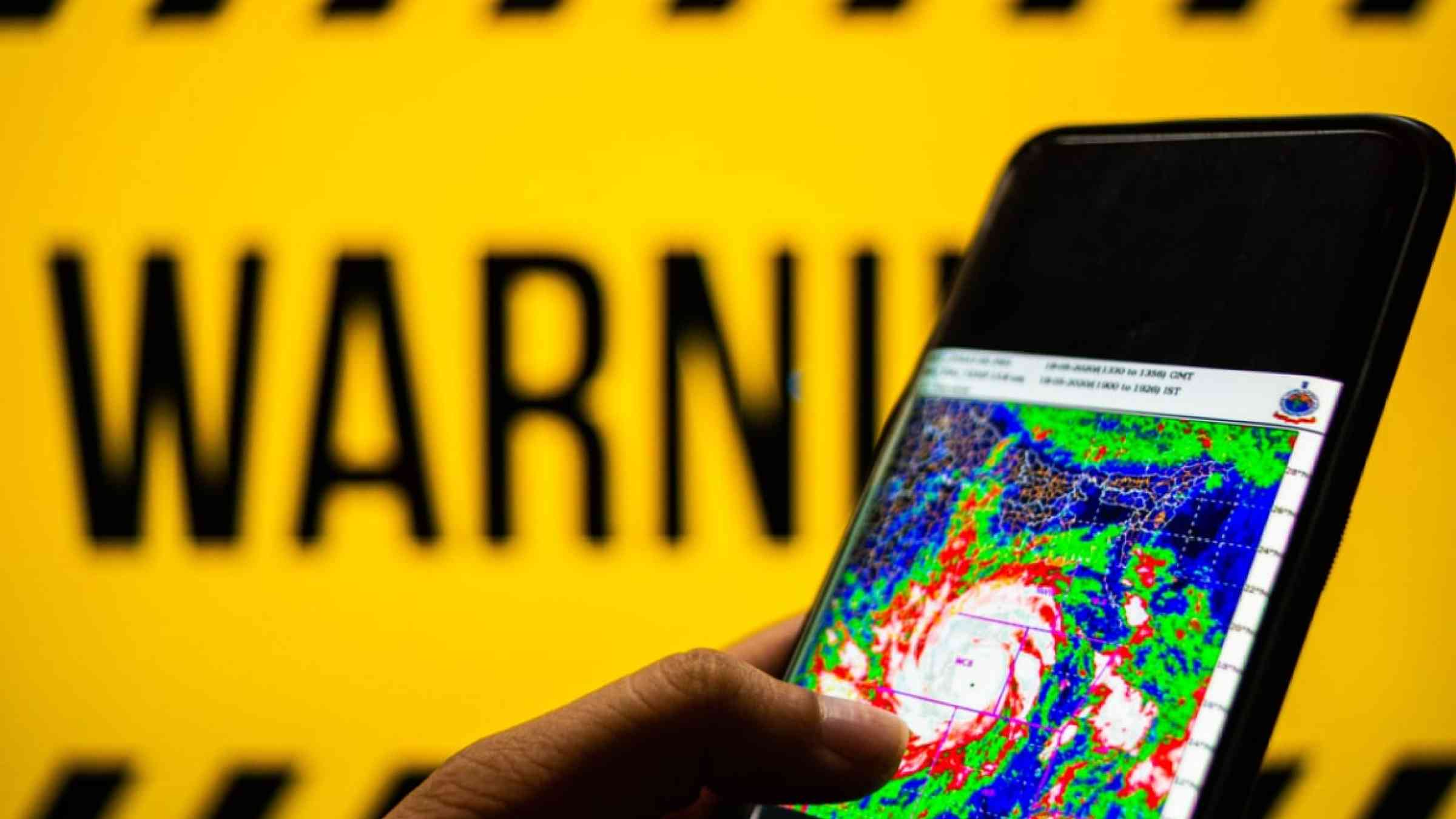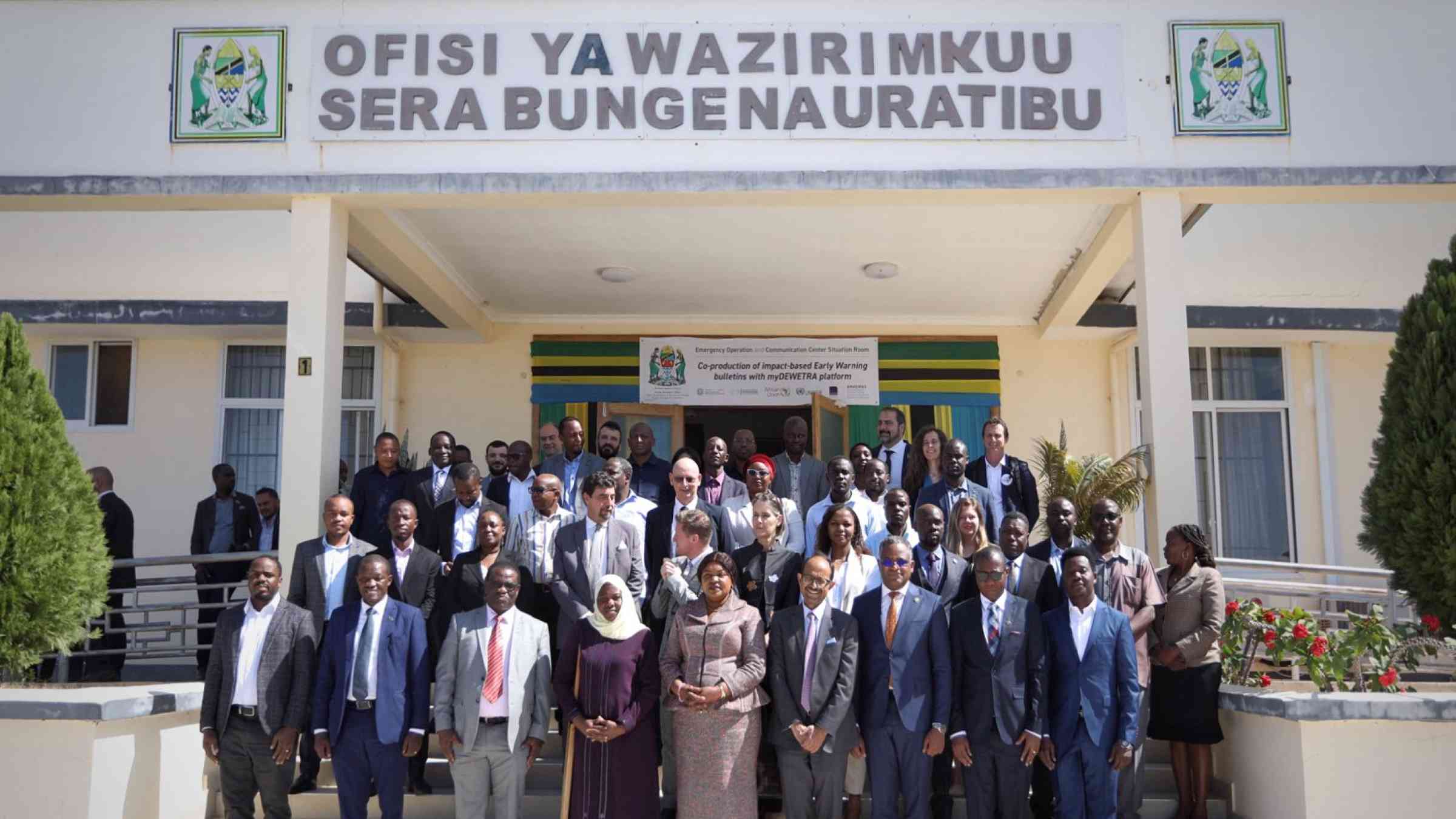Early warnings for all
The UN Secretary-General has called for every person on Earth to be protected by early warning systems within five years by 2027.
Advances in early warning systems and preparedness have saved tens of thousands of lives and hundreds of billions of dollars. People-centered, end-to-end, multi-hazard early-warning systems can help minimize the harm to people, assets, and livelihoods by triggering early action that is well-prepared and tested.
Of all risk reduction and climate change adaptation measures, early warning and early action stand as one of the best-proven and cost-effective methods for reducing disaster deaths and losses.
Yet, as of 2022, only half of countries globally are protected by multi-hazard early warning systems. The numbers are even lower for developing countries; less than half of the Least Developed Countries and only one-third of Small Island Developing States have a multi-hazard early warning system.
This is why in March 2022 the UN Secretary-General launched the Early Warnings for All initiative which called for every person on Earth to be protected by early warning systems by 2027.
In November 2022, the UN Secretary-General launched at COP27 an Executive Action Plan to implement the initiative and designated as the co-leads the World Meteorological Organization (WMO) and the United Nations Office for Disaster Risk Reduction (UNDRR).
"All people on Earth must be protected by early warning systems within five years."
- UN Secretary-General Antonio Guterres, March 23, 2022
What it will take to succeed
- At the global level: mobilizing international support to fund the Executive Action Plan’s estimated budget of USD 3.1 Billion over five years.
- At the regional level: strengthening regional coordination and collaboration around early warning coverage.
- At the national and local levels: Building political momentum and support to bring together all relevant government agencies and representatives from all of society.
Action plan pillars
Under the Action Plan, different organizations will lead the implementation of the four elements or pillars that make up the early warning chain:
- Pillar 1: Disaster risk knowledge, is led by UNDRR.
Risk knowledge represents the first foundational pillar of effective early warning systems. However, significant gaps in terms of risk information and assessments persist worldwide. Less than half of the countries with existing early warning systems have access to appropriate disaster risk information, and even fewer have national legislation and regulatory frameworks for emergency response.
To address this, Pillar 1 aims to enhance global risk knowledge and integrate it into inclusive, accessible, and effective early warning systems. Activities under Pillar 1 will focus on strengthening the production, access, dissemination, and use of risk information, fostering stronger stakeholder coordination, promoting innovation, and empowering decision-makers and vulnerable communities to understand, identify, and respond to risks. - Pillar 2: Detection, observations, monitoring, analysis and forecasting of hazards, is led by WMO.
- Pillar 3: Warning dissemination and communication, is led by the International Telecommunication Union (ITU).
- Pillar 4: Preparedness to respond, is led by the International Federation of Red Cross and Red Crescent Societies (IFRC).
Monitoring the implementation
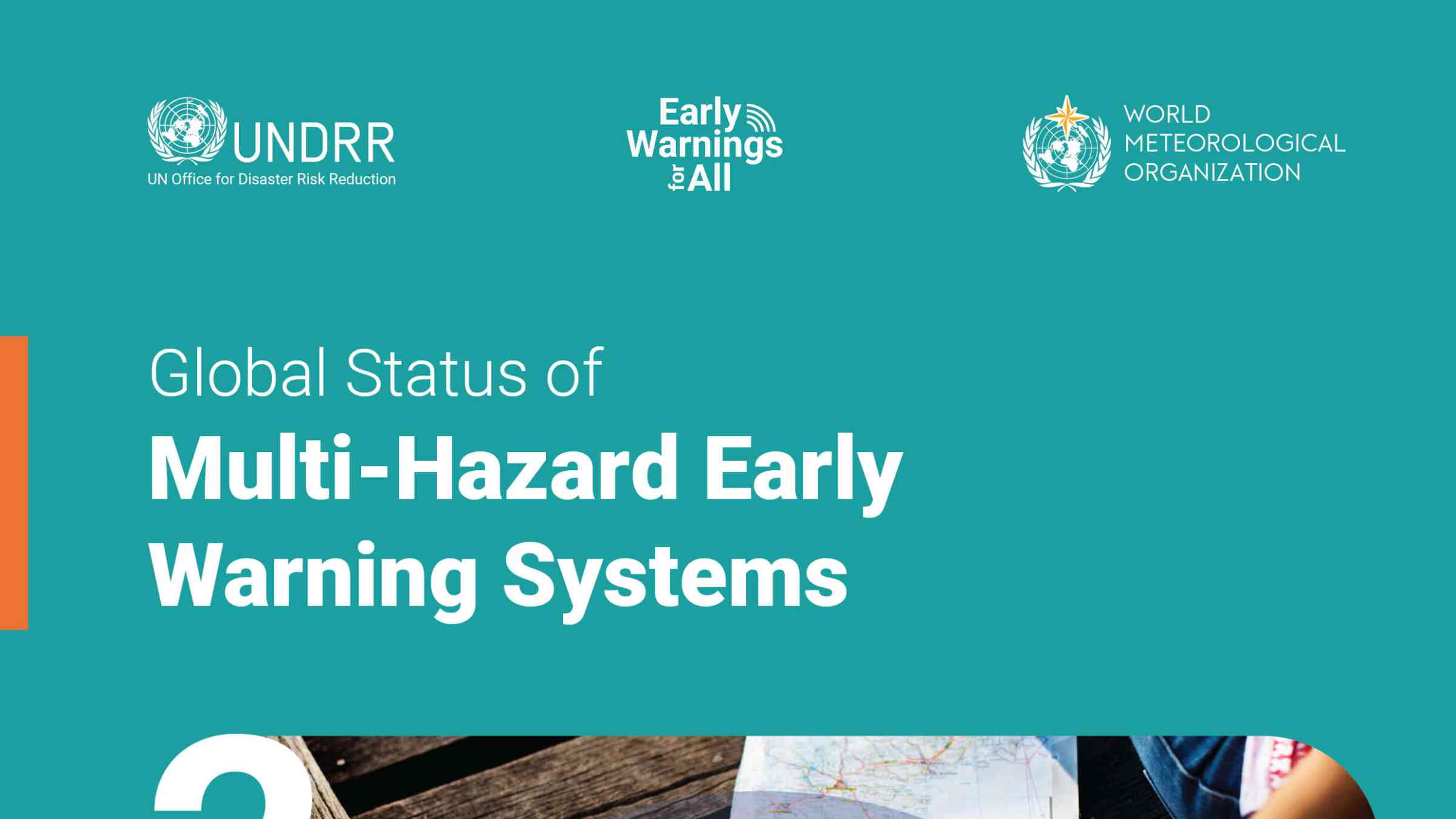
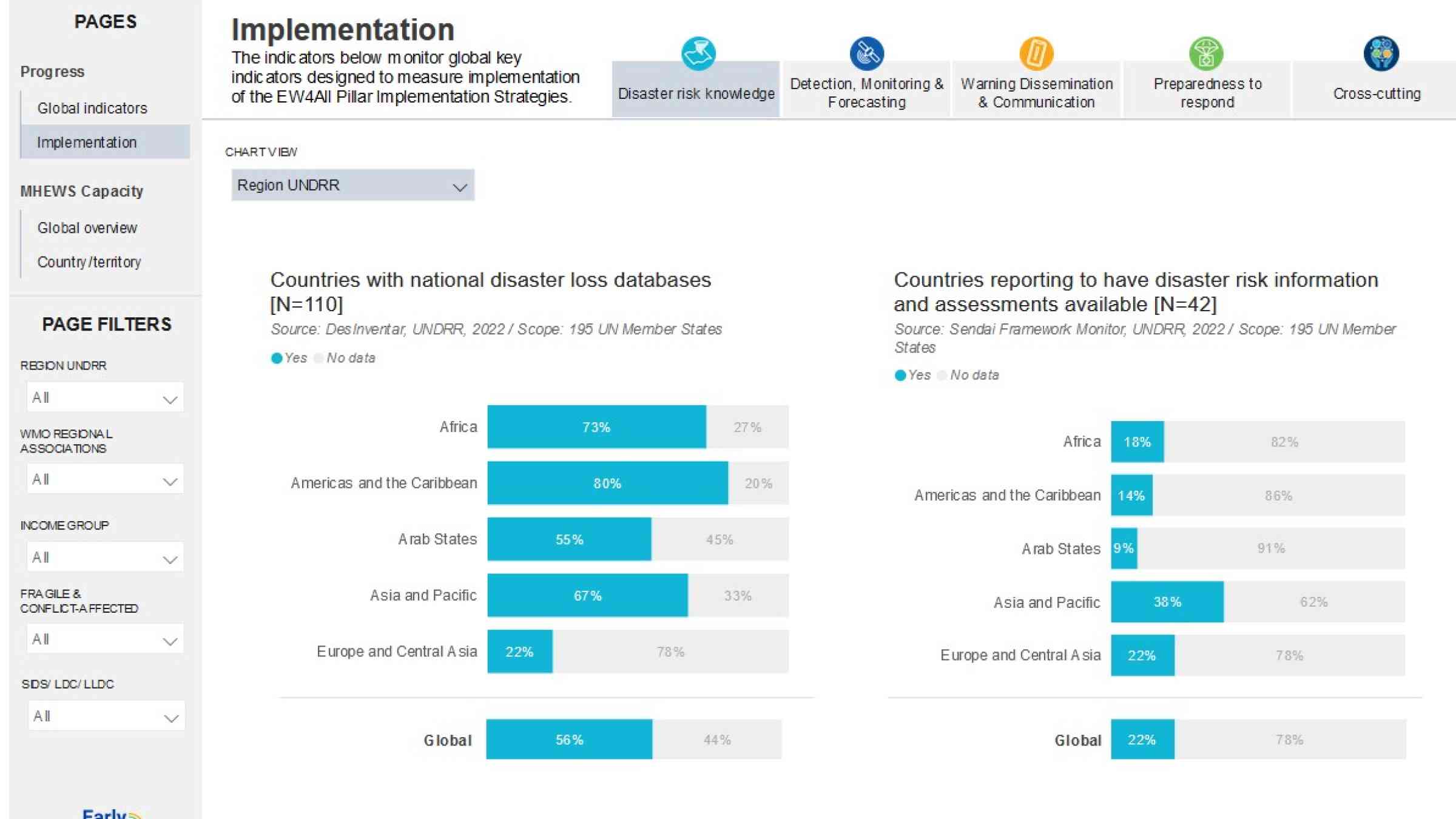
Early Warning news
Elements of an effective early warning system
An effective early warning system must be:
- Multi-Hazard: they are designed to detect different hazards that may occur alone, simultaneously, or cascade.
- End-to-end: the system covers the entire range, from hazard detection to action, which includes providing understandable and actionable warning messages.
- People-centered: this means designing the systems with people in mind, to empower them to act on time and in an appropriate manner to reduce potential harm.
Early warning by 24 hours can cut the ensuing damage by 30 per cent
One-third of the world’s people, mainly in the least developed countries and small island developing states, are still not covered by early warning systems. In Africa, 60% of people lack coverage
Investing US$ 800 million in early warning systems in developing countries would avoid losses of $3-16 billion per year
Countries with limited early warning coverage have disaster mortality that is eight times higher than countries with substantial to comprehensive coverage
In videos
Related activities and themes
